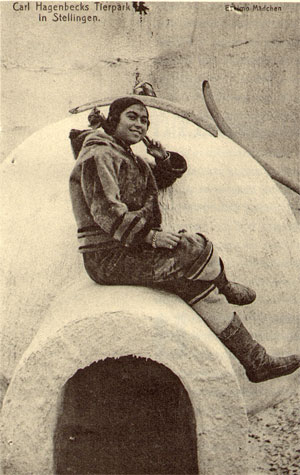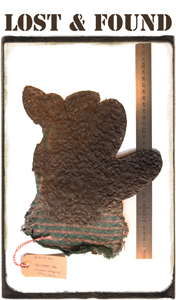This winter I make a small deviation from the Primitives project. I do gloves. I try to collect as many lost gloves as possible. You can help me by sending or bringing gloves. read more…
To know the Pygmies II: Colin Turnbull
In 1961, the anthropologist and musicologist Colin Turnbull published his book ‘The Forest People’ after a few long stays with the nomadic Mbuti. It is a personal account of his interests and adventures at the Mbuti in the Congo. It reads like a train. I highly recommend it. read more…

To know the Pygmies I
One of the first questions in this research was: How can I get to know the Pygmies? – meaning, without becoming an ethnographer and going to see them and knowing that I am in the first place interested in the Western views. read more…
trying to animate the dance
From the video in the previous post, I tried to copy the laid-back dancing. I still am working on a montage to have them dance in my city. read more…
Pygmy dance
Last year I did some research on images of the pygmies, in history and today. I will write more about it in the future. I found that, on the internet, what is most found are movies of groups op pygmies dancing around on a village square. I copied a dailymotion dance in stop-motion animation, with figures torn from economic newspaper articles. read more…
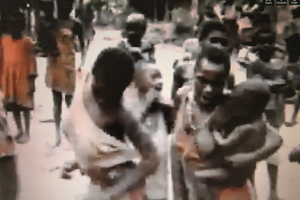
How does exhibiting others work as a reducing image?
Looking through my writings I listed some recognizable elements; we will find these again and again: the creation of distance; showing the Other in reducing circumstances; reduction-deduction: to see one Other equals seeing them all; the exhibitors, not the exhibited, decide how they are put on display; the exotic Other; the Phantasy of white dominance.
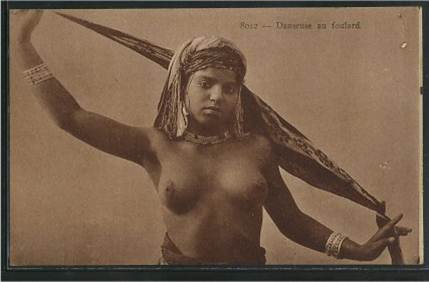
P.T. Barnum and Joice Heth
While in Europe exotic people were mostly exhibited in zoos, the USA had more traveling circuses. The most successful exhibitor was P.T.Barnum. His career started with exhibiting Joice Heth, an “ex-slave, 161 years of age, who had been the nurse of George Washington – father of the nation.”. read more…
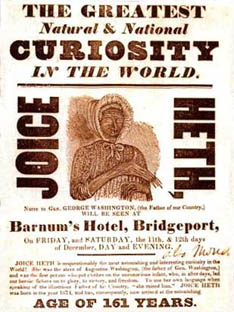
Primitive me?
Inspired by many things I haven’t even written about yet, I made a small installation for the re-opening party of Ateliers Mommen, the place in Brussels where I work. I called it Lost&Found/Primitives. It consists of a shrank with a cage on it. The drawers are filled with gloves I collected and tagged this winter on the streets of Brussels (and one in Antwerp). read more…
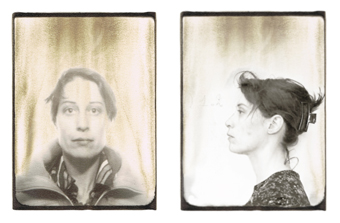
The Human Zoo
Before this research, I thought ‘Human Zoo’ was a way of saying things, based on the way we gaze at the animals in a zoo and metaphorically transmitted to how we gaze at the ‘other’ – the colonial other. My imagination had however led me far too far: the Human Zoo is a true fact of history.
The German Carl Hagenbeck started it. He was an internationally successful supplier of animals to zoos. In 1875, he had a herd of reindeers brought to Hamburg by authentic Sami complete with sledges, tents, utensils and dogs. So many people came to see, that Hagenbeck organised a tour. The Sami were examined by the Berliner Gesellschaft für Anthropologie, Ethnologie und Urgeschichte. Later he had Nubians and Inouit. It became his career, and of his sons. Between 1875 and 1940, in Germany alone, 400 of these groups were exhibited.
From 1907 on, he had his own zoo in Hamburg. read more…

Hagenbeck’s Eskimo Truppe
The successful German organizer of human exhibitions, Carl Hagenbeck, got Inuit from the Canadian Labrador for a tour to Europe, in 1880. They had not been vaccinated against the variola or smallpox virus and they all died.
The then famous specialist in physical anthropology Rudolph Virchow had been allowed to (try and) measure them during their lifetime; there were two families: a christened and a non-christened family. read more…
